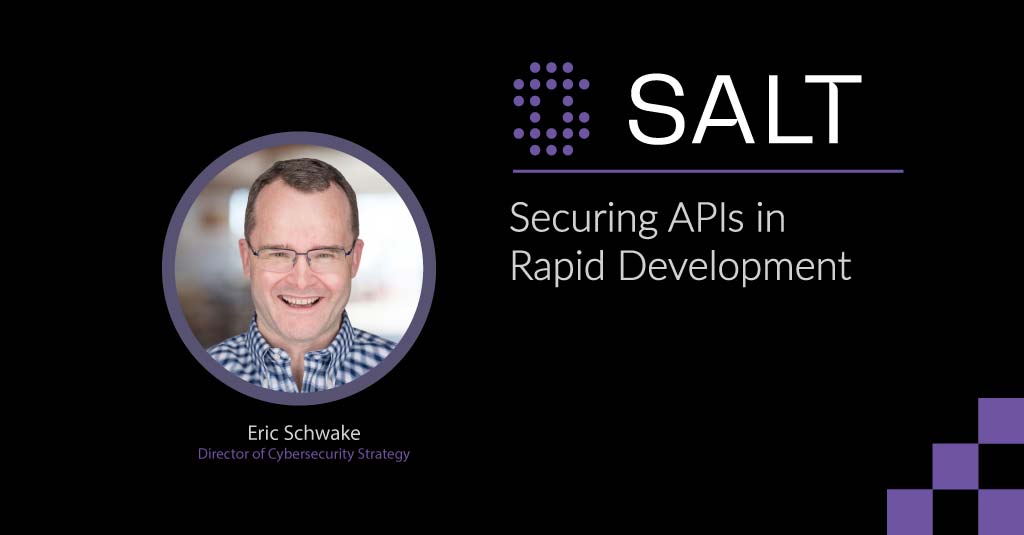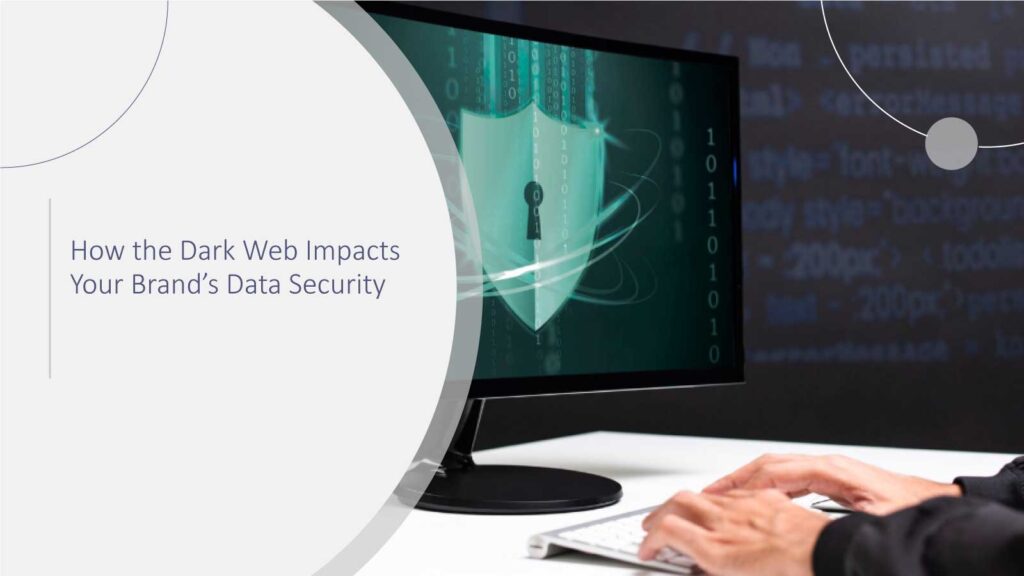As the pace of digital innovation accelerates, application programming interfaces (APIs) are frequently updated to meet ever-changing business operations and consumer demands. From adding new features to addressing performance deviances, according to the Salt Labs State of API Security Report Q1 2025, 55 percent of organizations update their primary APIs at least once a week.
However, with each deployment comes the possibility of introducing potential security risks. New code, configurations, and endpoints can expose vulnerabilities, and unsurprisingly, more than half of organizations admit to slowing the rollout of a new application into production due to API security concerns, per Salt Labs research.
In an environment of continuous integration and continuous deployment (CI/CD), the security of an organization’s API ecosystem hinges on rigorous, continuous testing and proactive risk management.
The reality is that frequent deployments are necessary for innovation and maintaining a competitive edge, but it is also important that organizations recognize the need for a robust security strategy to avoid exposing new vulnerabilities with each release. There are several challenges associated with rapid API development cycles.
Recommended CyberTech Insights: CyberTech Top Voice Interview: Eric Schwake, Director of Cybersecurity Strategy at Salt Security
Increased Vulnerability From Rapid Changes
Agile development emphasizes speed, often prioritizing feature delivery over security testing. In this environment, APIs undergo constant changes, with updates deployed to production in near-real time. This quick deployment cadence can lead to security oversight, as some vulnerabilities may slip through due to time constraints or inadequate testing.
Each new deployment introduces the possibility of misconfigurations, improper access controls, or vulnerabilities in business logic. The frequent changes also make it difficult for security teams to maintain an accurate, up-to-date understanding of the API’s security posture, leading to potential blind spots in protection.
To prevent these risks, organizations should consider adopting a “security as code” approach within the CI/CD pipeline to ensure that security checks are integrated into each stage of the deployment process. This allows vulnerabilities to be identified early, minimizing the risk of pushing insecure APIs to production.
Inadequate Security Testing in Agile and CI/CD Workflows
Traditional security testing tools and processes, such as static application security testing (SAST) or dynamic application security testing (DAST), are often too slow for CI/CD workflows. These methods require manual intervention or time-consuming scans, which conflict with modern development timelines. As a result, some organizations forgo comprehensive testing in favor of speed, leaving APIs vulnerable to exploits.
APIs require specialized security testing that goes beyond traditional application testing, particularly in identifying issues like broken object-level authorization (BOLA) or excessive data exposure. Without dedicated API security testing integrated into the CI/CD process, these vulnerabilities can be pushed into production and remain undetected until exploited.
Organizations should implement dedicated API security testing within CI/CD pipelines, using automated tools that cover both static and dynamic analysis. API-specific tests should include fuzzing, schema validation, and business logic verification to catch vulnerabilities unique to APIs before deployment.
Recommended CyberTech Insights: Recovery Over Resistance: Cybersecurity’s Shifting Paradigm
Shadow and Zombie APIs From Frequent Development Cycles
In fast-moving development environments, it is also common for APIs to be modified or replaced frequently. However, APIs that are no longer in use are often left active in production, creating shadow or zombie APIs. These abandoned APIs are rarely monitored or updated, making them easy targets for attackers seeking unguarded entry points into the system.
Shadow APIs are undocumented and thus bypass traditional monitoring and security measures, while zombie APIs may use outdated authentication methods or lack modern security updates. Both of these types of APIs represent significant vulnerabilities, as they often retain access to sensitive data or functions that attackers can exploit.
Organizations need to establish a formalized decommissioning process that ensures all APIs are securely retired and removed from production when no longer needed. This process should include a review of access controls, residual permissions, and endpoint removal, minimizing the risk of shadow or zombie APIs lingering in the system.
Real-Time Monitoring and Risk Scoring for Ongoing Security
Static security assessments conducted at predefined intervals fail to provide the visibility needed for a continuously evolving API ecosystem. Given the speed and frequency of API updates, real-time monitoring is essential to ensure ongoing security. Continuous monitoring enables security teams to detect unusual patterns or unauthorized access in real-time, helping them respond swiftly to potential threats.
Risk scoring involves assigning a risk level to each API endpoint based on its configuration, recent changes, and traffic patterns. By focusing on high-risk APIs—such as those recently updated or handling sensitive data—security teams can prioritize resources effectively, identifying and mitigating risks in real-time.
Organizations can adopt API security mechanisms that provide continuous monitoring and assign dynamic risk scores based on each API’s current status and interaction patterns. This approach allows security teams to quickly identify and prioritize high-risk endpoints, improving the organization’s ability to respond to emerging threats.
Prioritizing Security in Every API Deployment
In a CI/CD-driven world, where APIs are updated frequently to keep up with business demands, security can no longer be an afterthought. Each deployment introduces potential risks, and without a robust security framework in place, these vulnerabilities can expose an organization to significant threats. Implementing security as part of the CI/CD pipeline, continuously monitoring API interactions, and enforcing a strict decommissioning process are essential to maintaining a secure API environment.
Recommended CyberTech Insights: Strengthening Your Cybersecurity Foundation: Essential Solutions You Can’t Ignore
To participate in our interviews, please write to our CyberTech Media Room at sudipto@intentamplify.com





